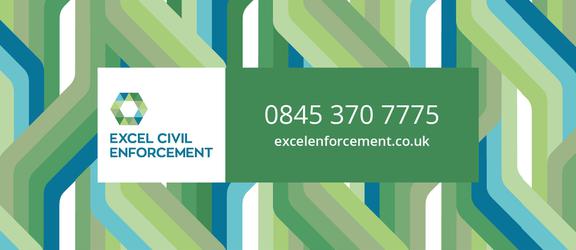
Charitable organisations and business rates

In a recession, one of the more notable aspect of the high street is the growth in charity shops. For the landlord these can be useful tenants but there is the potential for owners to be out of pocket.
Who pays?
If a property is occupied, then the occupier - such as the tenant - will pay.
If the tenant moves out but still holds the lease, the tenant remains liable for the remaining charges due until the end of that lease or until a landlord willingly releases them. If the lease ends, and the property remains empty the landlord becomes liable.
Some properties are eligible for 100% empty property rate relief such as listed buildings, or properties left empty by a charity, and the ‘intention’ is that it will be re-occupied again for charitable purposes.
Charities and community amateur sports clubs (CASCs) can apply for charitable rate relief and upon successful application, are awarded 80% Mandatory Relief, funded by Central Government.
Local Authorities also have the power to award a discretionary ‘top up’ relief of 20% which is not subsidized by central government. Most local authorities will have guidelines for this in place so that Discretionary Relief can be awarded fairly and consistently.
As the number of empty properties grows across the UK, there is ever increasing pressure on landlords to attract new tenants so that they are not hit with a hefty business rate liabilities on top of any mortgage or utility obligations they have for a property they are not generating an income from.
As a result, landlords can be tempted to rent the property out to qualifying charities for very low or even zero rent, and even make donations to the leaser charity to avoid the ongoing running costs.
But should checks be made if a property is rented to a charity?
YES
- An inspection by a local authority officer should confirm that the property is being used wholly or mainly for charitable purposes
- The charity should be registered with the Charity Commission
- Organisations such Boy Scouts and Girl Guide groups, voluntary sided schools, Societies registered under the Friendly Society Act and Church Commissioners are exempt from registration, but may still qualify for relief
- Where local authorities are able, inspections should be as soon after occupation as possible and subsequent inspections should take place to ensure the charity is still carrying out charitable functions whilst in occupation
So, what can be done?
Carry out prompt inspections, from the date of occupation. If it is a charity shop, purchase a low-price item and check the charity/ company details on the receipt correlate with the details held for business rates billing purposes.
Ensure that the goods being sold in the shop are wholly or the majority are donated goods.
Most large charities are registered with the Charity Commission in England and Wales, the Charity Commission for Northern Ireland or the Scottish Charity Regulator.
To find a legitimate charity, its trustees and finances, you can use either their registration number or name on the Charity Commission website or use the UK government portal.
Property inspections
It is considered best practice for local authorities to inspect properties they are offering charitable relief to regularly, and cross referencing the charity details ensuring they are legitimate charity. At Excel we offer property inspection services, you can find out more about this service here.
Useful links




